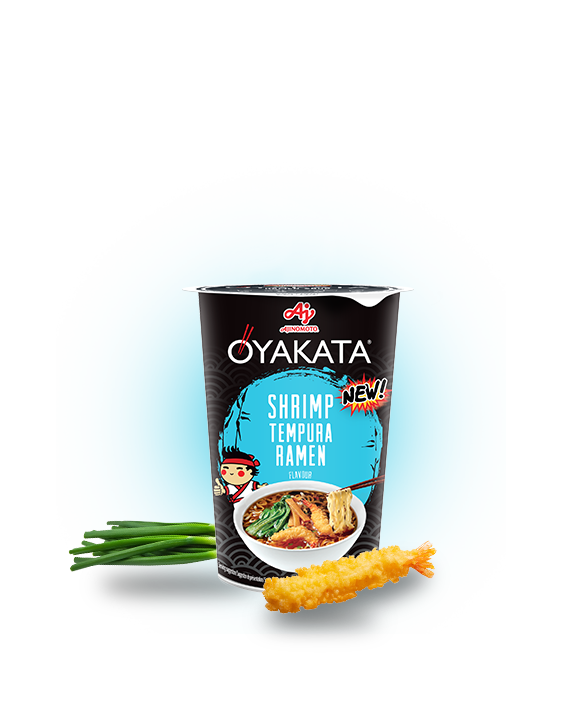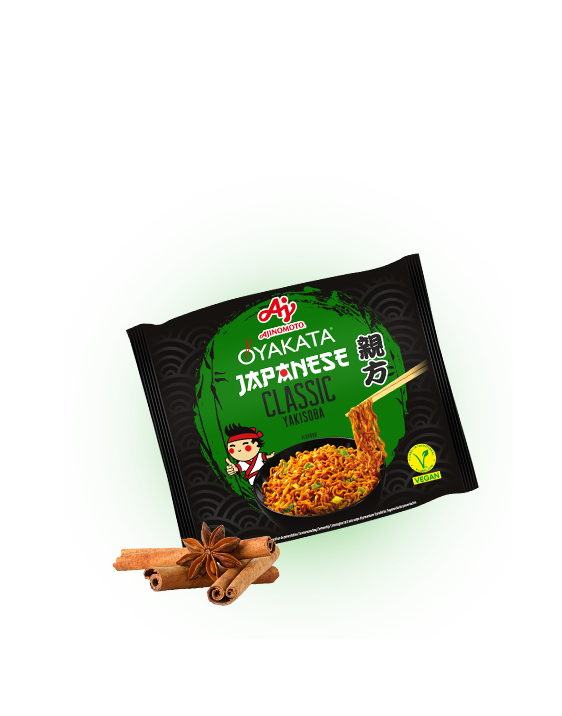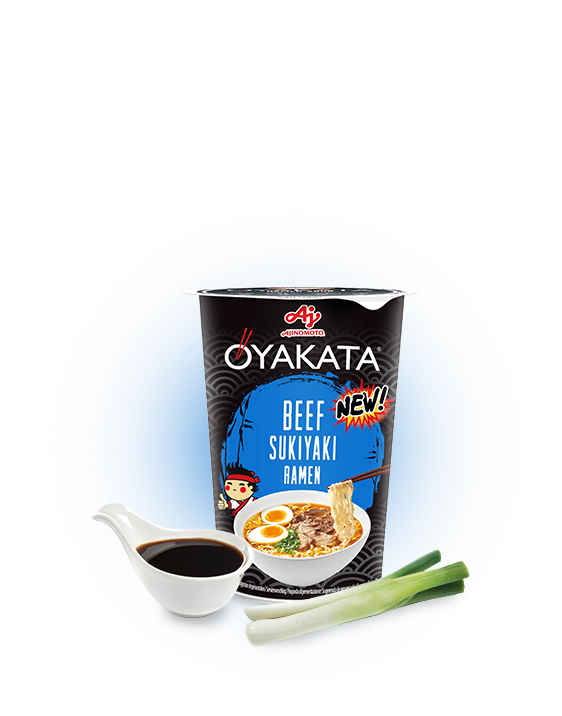

TYPES OF JAPANESE SUSHI – 12 MOST POPULAR VARIETIES
Sushi – Japanese method of preservation or a refined dish?
Nowadays, in Western countries sushi is considered to be Oriental dainty, sophisticated dish for the lovers of original flavours. Even the greatest gourmets of the Japanese cuisine are often unaware of the fact that the meal, that is nowadays appreciated all over the world, used to be the practical way of preserving fish and seafood. Covered with rice and buried in the ground – to ensure appropriate temperature – they could wait for their consumption for months to come. Before serving or further treatment, fermented rice covering was removed and disposed of in the rubbish. As the time went by, Japanese warriors and burghers started to consider it as a common waste, and that is why in the 19th century the fermentation was replaced by acidification of rice with vinegar. Although today sushi is usually consumed just after the preparation, vinegar is still an essential ingredient of Japanese food, giving it its characteristic, acidic taste.
The most widespread types of sushi and their names
Throughout the centuries, the Japanese delicacy has been expanded and interpreted in many different ways. On Japanese islands there exist regional varieties of sushi enriched with ingredients typical of the area. Their names are usually connected with the way of preparing particular dishes, which – contrary to appearances – are not always formed on bamboo mats.
1. Nigiri
This is one of the most basic and simple varieties of sushi. The name comes from the Japanese verb nigiri, which means “to knead”. The viscous rice, seasoned with vinegar, is used to knead small, elongated balls onto which pieces of fish, seafood or tamagoaki – the Japanese omelette – are placed. Their taste is enhanced and emphasised by the adding wasabi hot horseradish to the nigiri.
2. Maki
Maki, with its distinctive black rim, corresponds to probably the most common ideas about Japanese sushi. Like nigiri, its name refers to the way it is prepared. Maki – wrapped sushi – is nothing more than nigiri wrapped in pressed nori sea algae. Rice rolls are formed using a bamboo mat and then cut into pieces. In their basic version – hoso-maki, which means thin maki – sushi slices are 2-3 cm thick. Inside, there is both seafood and vegetables, such as artichokes, avocado, cucumber or bamboo shoots.
3. Futo-maki
Futomaki is one of the varieties of sushi wrapped in algae (from Japanese futoi – thick, fat). As the name suggests, this is a 4-6 cm thick version of hoso-maki. Futo-maki is often served in a decorative way with pieces of cucumber or lettuce sticking out. They create green ornamental crown which gives the dish an exceptionally appealing character.
4. Ura-maki
Ura-maki is another variation of algae rolls, and this is a reversed maki. It differs from the original version in the order of the layers. At first viscous rice is placed on a bamboo mat and only then nori and the rest of the ingredients are placed and pressed together. The only ingredients that distinguish ura-maki from other sushi types are sesame, which covers finished rolls, and caviar, thanks to which the dish will be pleasantly crunchy in the mouth.
5. Temaki
Temaki is one of the quickest and simplest ways of preparing sushi. Their shape slightly resembles ice-cream cornets which are wrapped in black nori sheets instead of sweet wafer. Once the cones are filled with rice, julienned vegetables and pieces of fish are pressed inside so that they slightly stick out from the cone. It may be completed with nattō or potato salad. Temaki-sushi, known, among others, in Poland as handy hand-rolls is a “fast-food” version of sushi, which can be grabbed on the run as fast and nourishing lunch. However, they are also served on home parties in the DIY version. All ingredients which are necessary to prepare it are on the table, so that guests can prepare their own rice-based compositions.
6. Oshizushi
The typical, angular shape of oshizushi is the result of pressing rice – at first without and then with selected additional ingredients – in special moulds called oshi-bako. Once removed from forms, perfectly shaped blocks are cut into small, a few centimetres long pieces.
7. Sugatazushi
Sugatazushi is a rare variety of sushi that can be found in only a few regions of Japan. Instead of putting fish in the rice rolls, whole fish, which was previously soaked in brine, is gutted, filled with rice and then cut into small pieces.
8. Chirashizushi
At first glance, Chirashizushi does not resemble the sushi we associate with Japanese cuisine at all. The “scattered sushi” is composed of rice, served in a bowl, with the ingredients characteristic of sushi – fish, seafood, vegetables, tofu or pieces of tamagoyaki, Japanese omelette – placed on it.
9. Gunkan Maki
Gunkan Maki, the shape of which is supposed to slightly resemble small boats, is a simplified version of regular maki. However, they are not cut from carefully prepared rolls, but formed individually of rice seasoned with vinegar. Small, elongated balls are then wrapped in the properly cut nori sheet. Black envelope should finish a little bit over the level of rice in order to secure the ingredients, typical for other types of sushi, placed on it.
10. Unagi Nigirizushi
Unagi – the Japanese eel – is considered to be one of the best ingredients that is added to traditional sushi. It is also an exception to other seafood, which are traditionally added to rice-based rolls in the raw form. The eel is instead grilled in subtly saltish sauce, then divided into smaller pieces and placed on rice – as in the case of the basic version of nigirizushi. Its identification is the characteristic brown colour obtained thanks to the grilling of Japanese fish.
11. Temarizushi
Temarizushi is the most artistic and decorative Japanese dainty. Its name comes from traditional decorations, which are created for Japanese festivals. Its characteristic round shape is what makes it stand out from other types of sushi. Rice balls decorated with colourful ingredients are usually consumed during the Doll’s Day, which is the Japanese Girls’ Day.
12. Inarizushi
Among numerous varieties of sushi, there must have been a special place for tofu, which is beloved by the Japanese. Inarizushi is pouches of finely cut and deep-fried tofu, filled with rice. Originally, rice is seasoned solely with vinegar and constitutes the only filling of Inarizushi. In regional varieties of the dish, tofu is sometimes replaced with thin Japanese omelette.
Types of sushi – virtuosity of culinary imagination
The basic types of sushi can be identified by their characteristic colours and shapes, the variety of which turns Japanese tables into appetising, colourful mosaics. Every culinary discoverer will find something to enjoy among numerous variations on the sushi theme. And you, do you already have your favourite?























